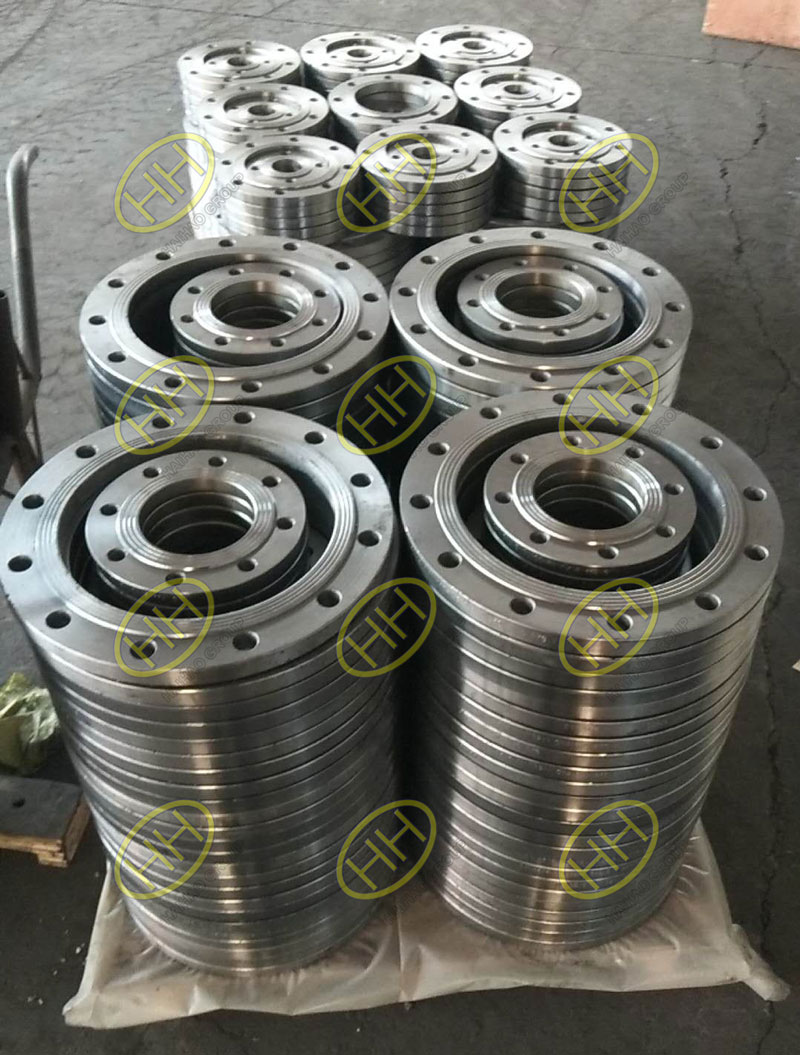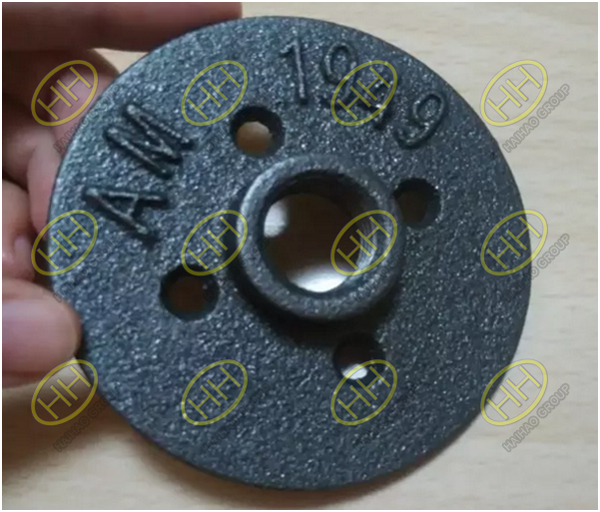Knowledge of cast flanges and forged flanges
Flange production processes mainly include forging, casting, cutting and rolling. Different processes can produce products with different performance. Today, let’s take a look at the differences between the two flange processes – casting and forging.
The cast flange has accurate shape and size, small processing volume and low cost, but there are casting defects such as pores, cracks and inclusions. And the streamline of the internal structure of the casting is poor ,if it is a cutting part, the streamline is worse.As for the forged flange,it generally contains less carbon than the cast flange and is not easy to rust. The forging has good streamline and compact structure. The mechanical property of the tungsten steel reamer is better than that of the casting.Improper forging process will also lead to large or uneven grains, hardening cracks, and the forging cost is higher than the casting flange. Forgings can withstand higher shear and tensile forces than castings. The advantages of the casting are that it can produce a relatively complex shape and the cost is relatively low.The advantages of forgings are that the internal structure is uniform and there are no harmful defects such as pores and inclusions in the castings.
As a manufacturer with more than 40 years of production experience, Haihao Group can be very skilled in manufacturing flanges with different processes and produce products that meet the needs of customers. If you are interested in pipe fittings or have any questions, you can contact us directly and we will sincerely answer them for you.



